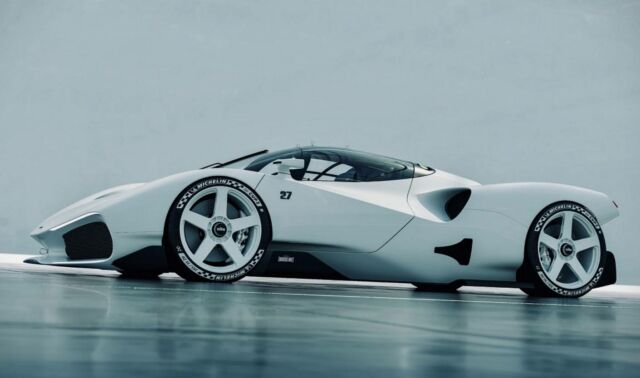 Nilu27 Hypercar V12-powered. Nilu
Nilu27 Hypercar V12-powered. Nilu
The Nilu27 Hypercar V12-powered bespoke two-sitter produces more than 1,000 horsepower.
The Nilu chassis features a bespoke carbon fiber monocoque with lightweight aluminum-alloy tubular subframes. The designer deliberately chose a tubular approach to improve access to the drivetrain components while effortlessly facilitating heat extraction and celebrating the mechanical aesthetic.
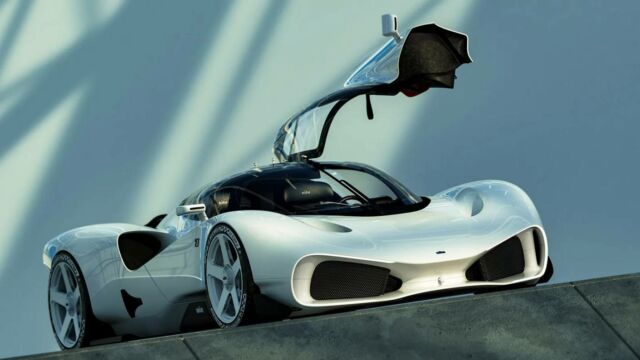 Nilu27 Hypercar V12-powered. Nilu
Nilu27 Hypercar V12-powered. Nilu
The Nilu cabin was designed to provide perfect viewing angles with ideal ergonomics and safety. The designer achieved an incredibly low roofline and compact cabin dimensions without sacrificing comfort.
Nilu seats two adults in a traditional side-by-side layout with best-in-class ingress and egress made possible by substantial gullwing doors, low sill heights, and fixed, sunken seats, which do not obstruct the door apertures with their side bolsters.
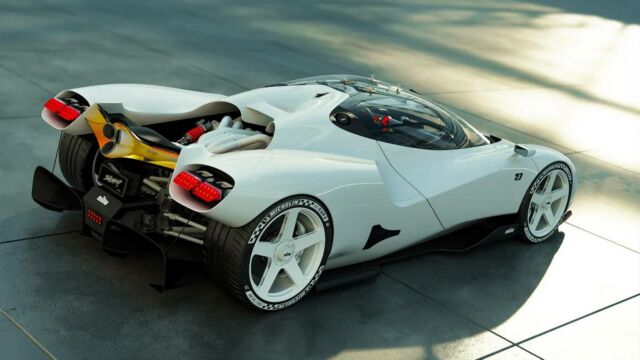 Nilu27 Hypercar V12-powered. Nilu
Nilu27 Hypercar V12-powered. Nilu
The Nilu human/machine interface is all about manual, and analog controls, inputs, and feedback. The only screen is the rearview camera/mirror, which addresses the traditional weakness of mid-engined sports cars: the lack of rearward visibility.
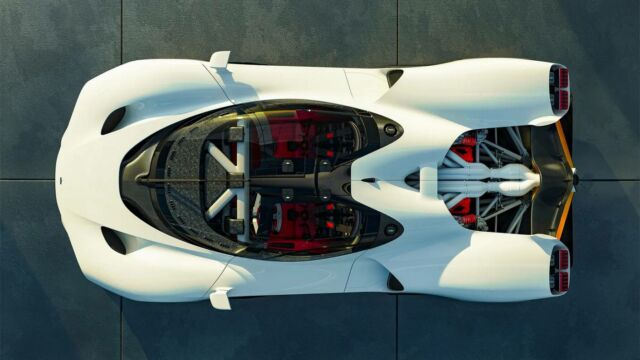 Nilu27 Hypercar V12-powered. Nilu
Nilu27 Hypercar V12-powered. Nilu
The steering wheel’s compact size and perfectly round shape allow for an incredibly detailed steering feel and input precision. The wheel is void of switches, buttons, and toggles; a testament to the belief that performance driving requires full concentration with zero distractions. Gone are the driving modes, settings, and options: NILU controls are both primary and intuitive.
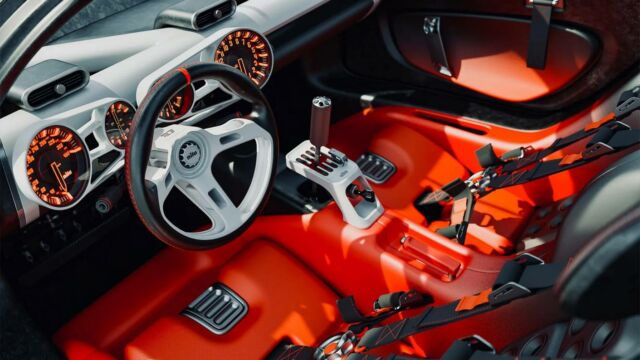 Nilu27 Hypercar V12-powered. Nilu
Nilu27 Hypercar V12-powered. Nilu
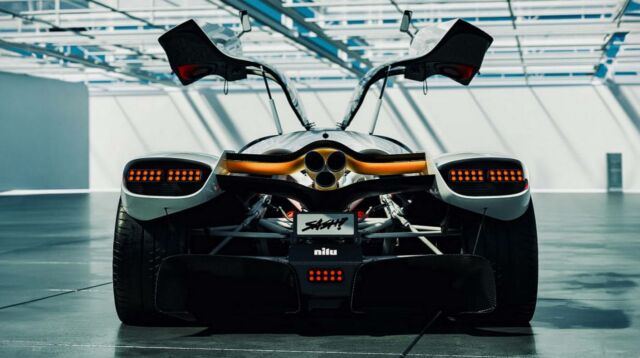 Nilu27 Hypercar V12-powered. Nilu
Nilu27 Hypercar V12-powered. Nilu
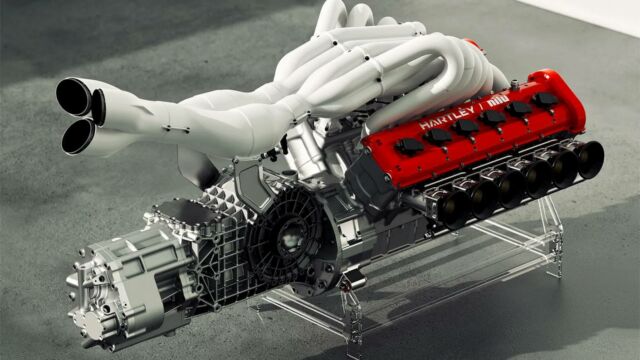 Nilu27 Hypercar V12-powered. Nilu
Nilu27 Hypercar V12-powered. Nilu
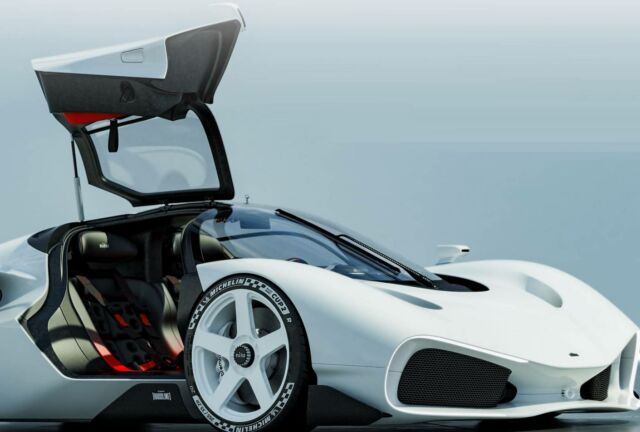 Nilu27 Hypercar V12-powered. Nilu
Nilu27 Hypercar V12-powered. Nilu
Source Nilu

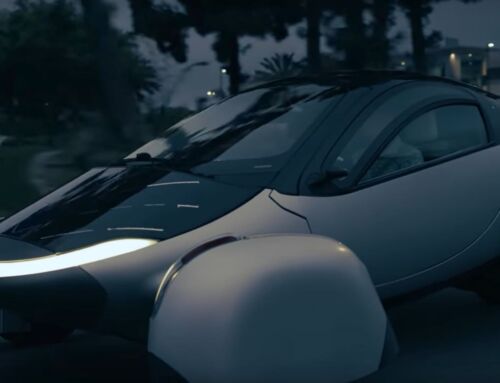
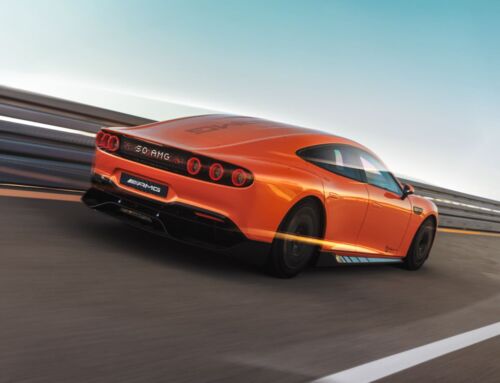

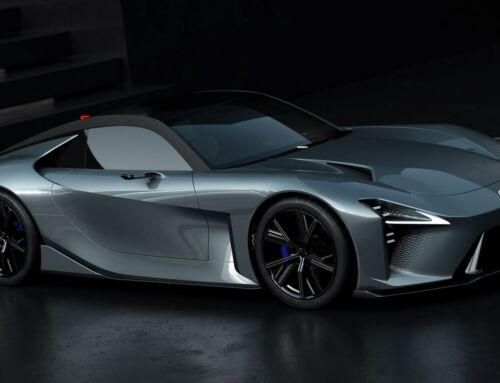
Leave A Comment